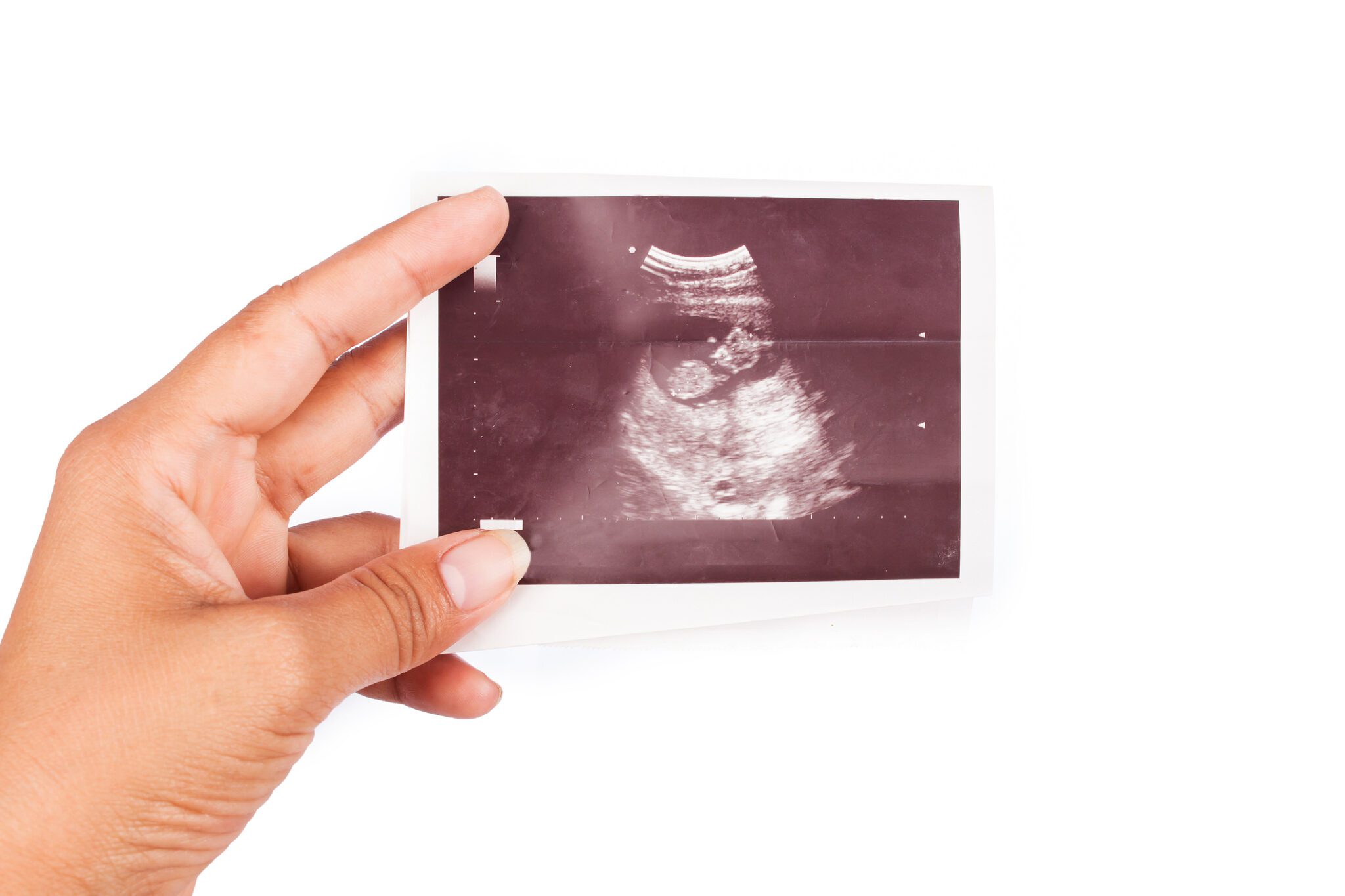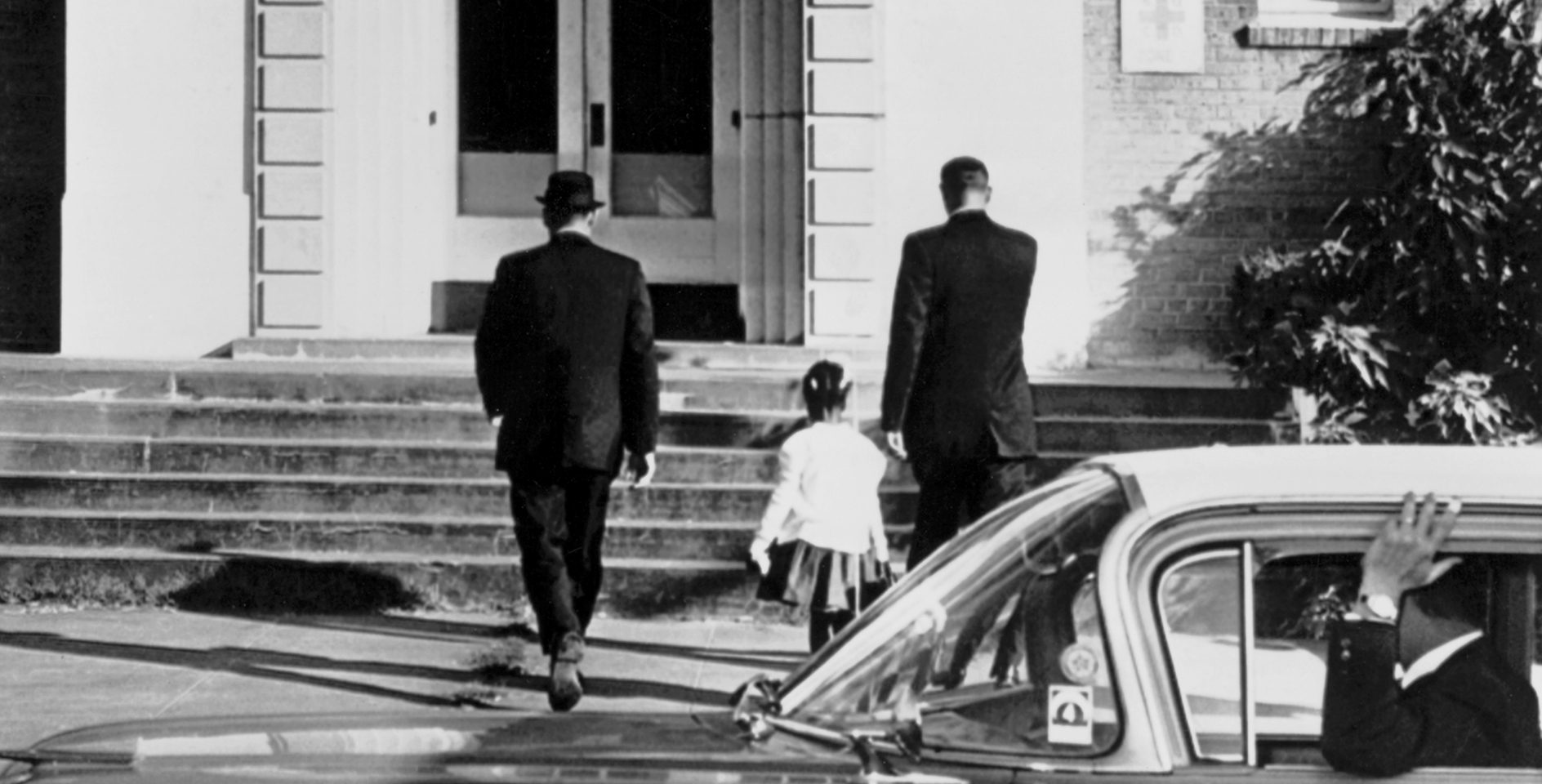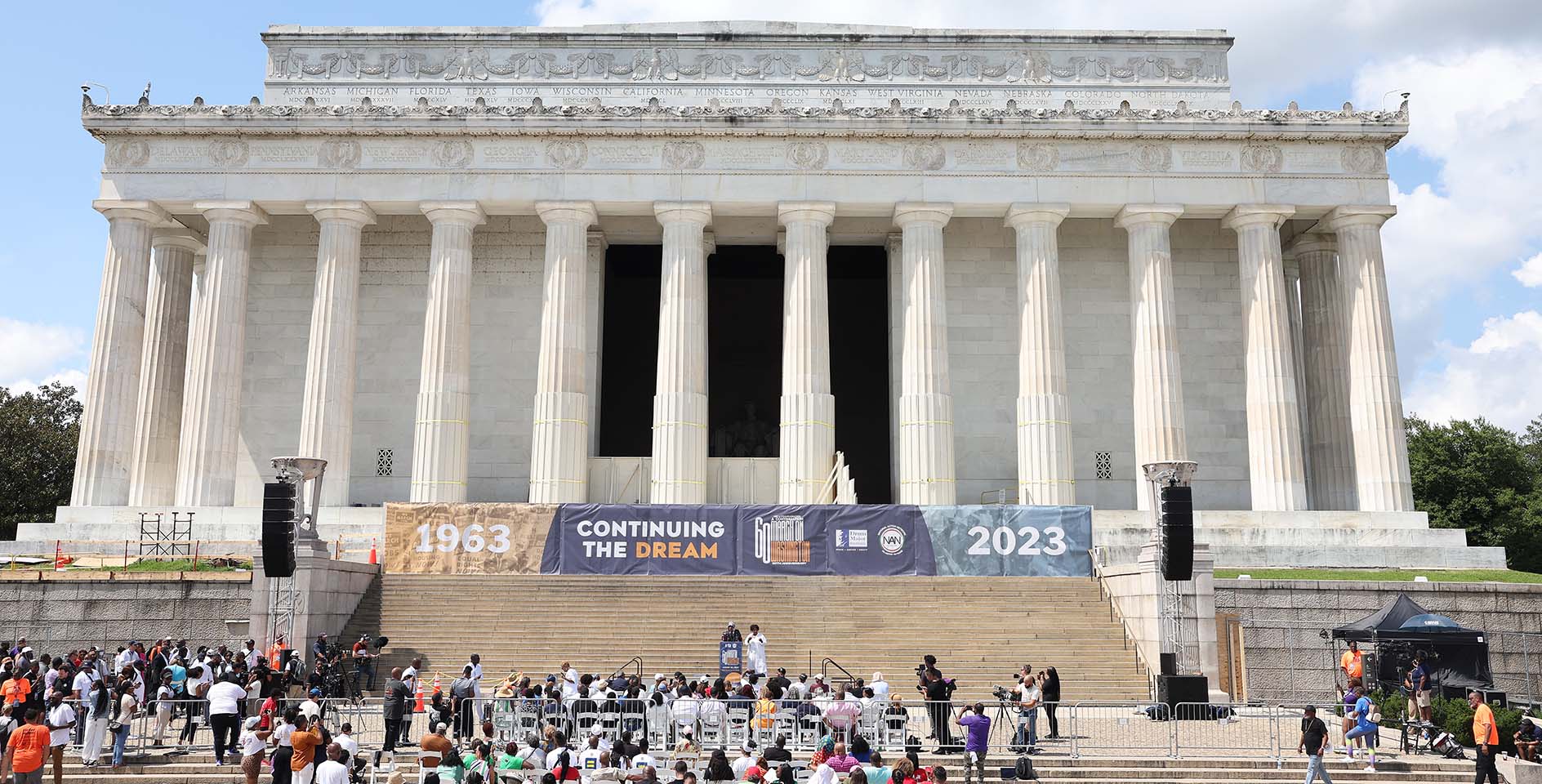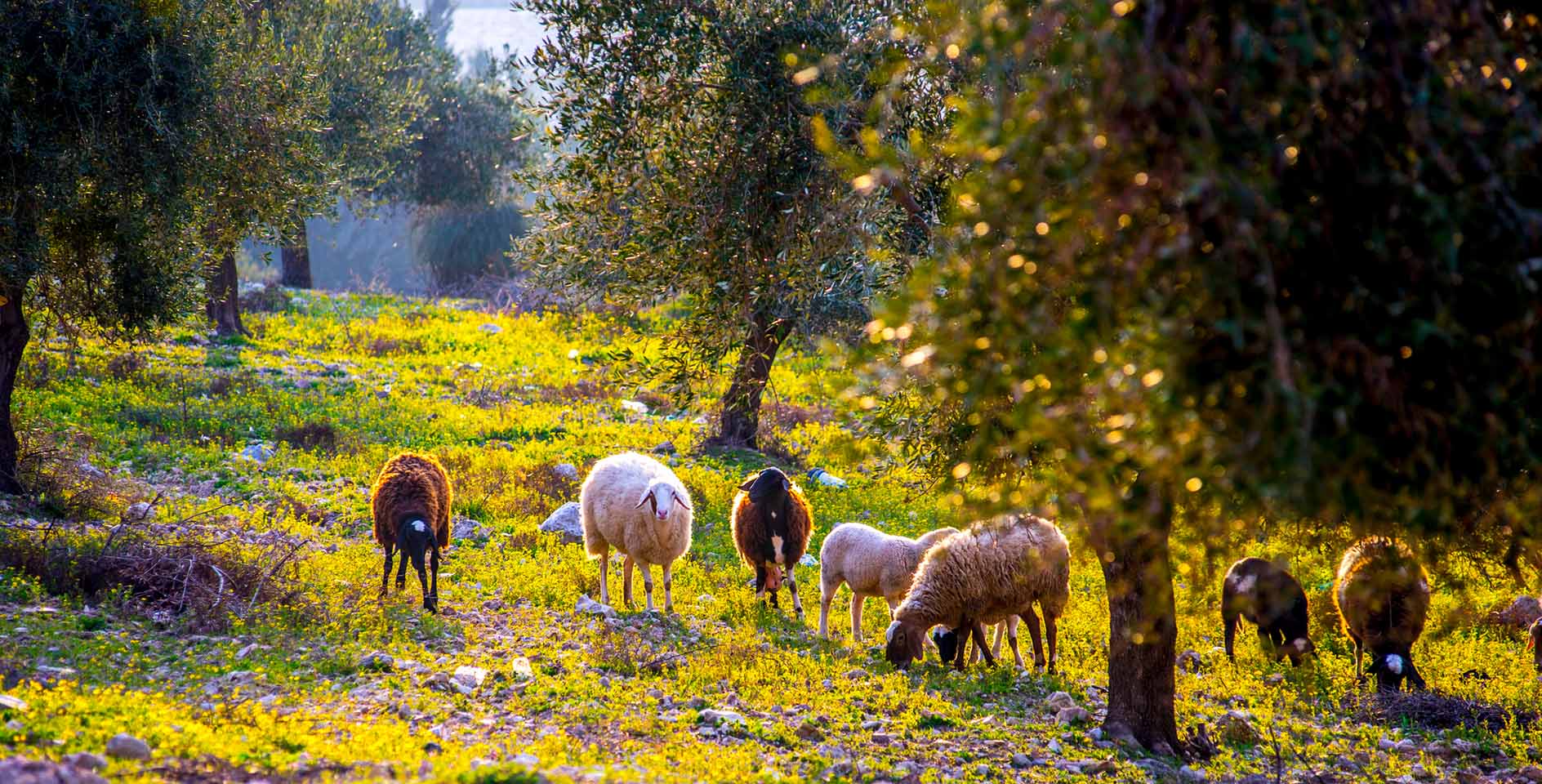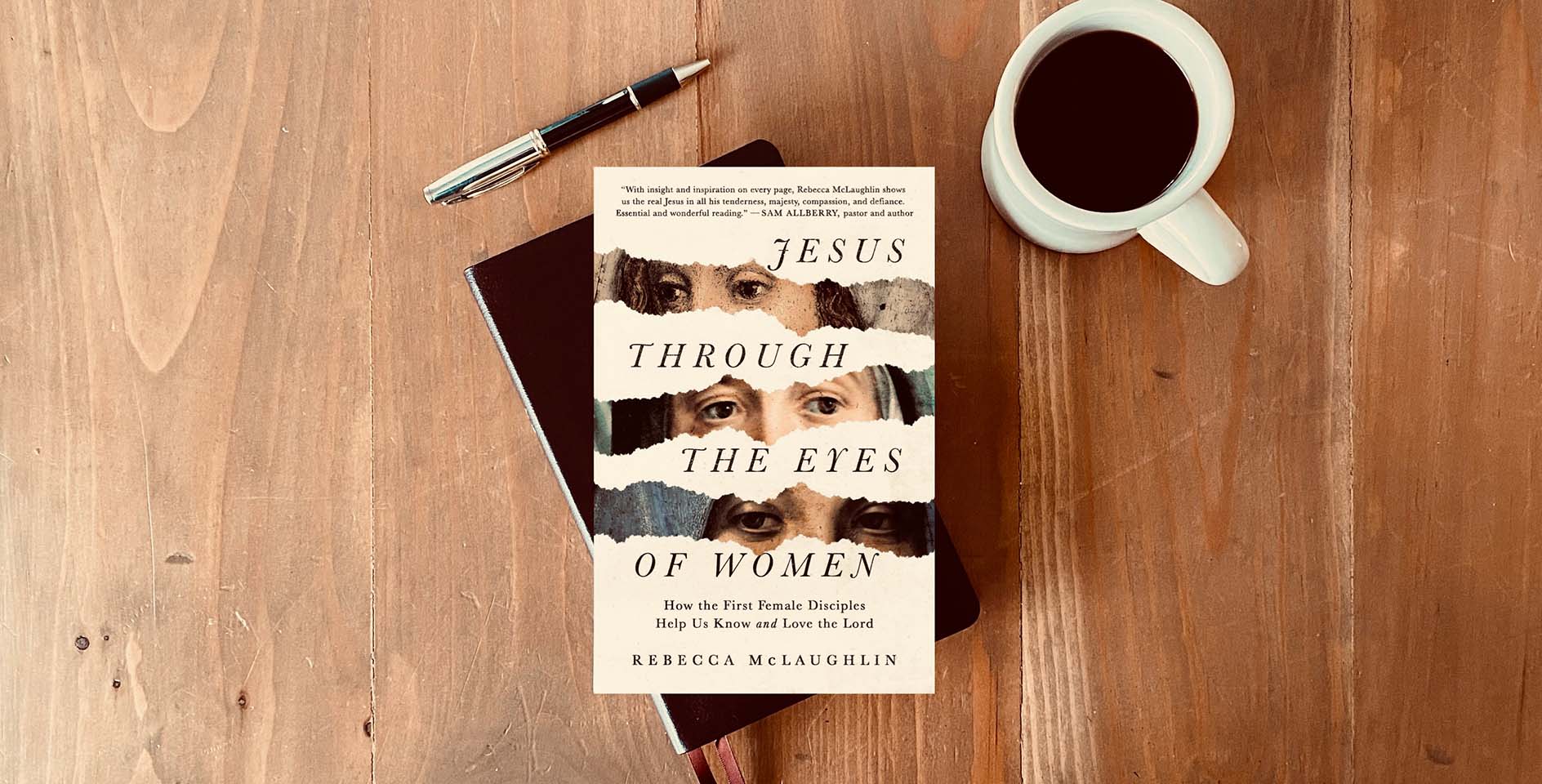In 1964, painter Norman Rockwell was given his first assignment for Look magazine. The assignment, itself a result of the 10-year anniversary of the Brown v. Board of Education decision which desegregated schools, culminated in his producing the painting entitled “The Problem We All Live With.” In the painting, a young Ruby Bridges is escorted to school by federal marshals, with racial slurs painted on the wall behind her and crushed tomatoes smashed against the wall, thrown by a crowd of onlookers outside the frame. She looks ahead, stoic, as she follows the marshals to school. What is absent from the image are all the others who had to courageously fight and defend her right to be educated and treated as a full member of society: her mother, her father, a watching country, and members of her church. The story of Ruby Bridges is not just the story of her courage, though it is that, but also the courage of her family and community as they fought for equal protection and justice.
The courage of a child
To see the image painted by Norman Rockwell is to be confronted with the courage of such a small child. Bridges is dwarfed in size by the men in the photo (their upper bodies existing outside the frame), and yet she looms just as large in the way it is presented. The focus is on her, with her back straight and her eyes set toward her goal. As one federal marshal there reported: “She never cried. She didn’t whimper. She just marched along like a little soldier, and we’re all very very proud of her. As the painting, and multiple accounts have shown, this little girl faced a constant stream of threats and physical violence. Once she was enrolled, some white parents pulled their children from the school rather than let them be in the same classroom. Even the teachers, with the exception of one, refused to teach her. Thus, Ruby Bridges was left in a classroom by herself with only her teacher each day at school.
Bridges’ courage, even as a young child, is a testimony of the way that individuals must stand on the strength of their convictions and fight for justice and equality. That anyone should face such treatment is abhorrent, but for it to happen to a child even more so. However, the courage of this little girl, and the others like her, was essential in ending segregation and furthering the cause of Civil Rights. It was an immense burden to lay on one so young, but it was one that Bridges was carried with the strength and dignity of one who is on the side of justice.
The courage of a family
The courage of the Civil Rights Movement is not just the story of individuals, but often of families. This is especially true in the case of Ruby Bridges. Absent from Rockwell’s painting is the person who walked with her every day that first year: her mother. Ruby’s mother, Lucille Bridges, was described as one of the “Mothers of the Civil Rights Movement” at the time of her death. Ruby, reflecting on her mother at that time, said that it was her mother who set her on the path that led to her enrollment in the white school. And that was a courageous event because little Ruby would be enrolling by herself. Though there were six African-American students who were eligible to enroll (because the school district required that the African American students pass a test proving their academic ability), two chose to remain at their current school, and three were sent to another all-white school. When Ruby’s parents made the decision to send her to William-Frantz Elementary School, they were making the decision to trust the federal marshals, as well as their community, to protect their little girl from what they knew would be a barrage of hate, racism, and threats to her safety.
Though Ruby would face constant threats and harassment, she was not the only one to suffer. Lucille faced it when she escorted her daughter to school. Lucille’s parents, sharecroppers in Mississippi, would be evicted from their farm because of Ruby. Stores refused to sell to Lucille. And Ruby’s father lost his job. All this as a result of their desire to see their daughter, and others like her, receive the same education as their white counterparts. It is right and proper to recognize the role that individuals played, but it is also true that so often that was the result of a family and community who were facing adversity with them. Lucille Bridges, and the rest of Ruby Bridges family, are representative of the power that a community has in calling for justice, and that the courageous actions of one individual, one parent, one spouse, can have for generations to come.
A day when no one will make them afraid
Rockwell’s painting is a reminder of just how far we have come, but also so much that is left to do. Though school segregation seems like a relic of the distant past, in reality American schools are more segregated today than they were in the 1960s. Acknowledging that this is not the result of de facto segregation, but rather a number of factors, some that are problematic (such as redlining and housing contracts) and others that are beneficial (developing African-American communities and communities), the separation is not an ideal. As Rockwell’s painting reminds us, this is a problem that we continue to live with. However, as we are reminded in the scriptures, the walls of hostility have been brought down (Eph. 2:14), and we will one day all stand before a throne with the redeemed of history from every nation, tribe, and tongue in praise of our savior (Rev. 7:9). As we work to make the world more just, we should be encouraged by the bravery of Ruby Bridges and her family, and the countless others whose names are lost to history, who were working for a future, to use the language of the prophets, where each person could sit under their own vine and fig tree and no one will make them afraid (Micah 4:4).


